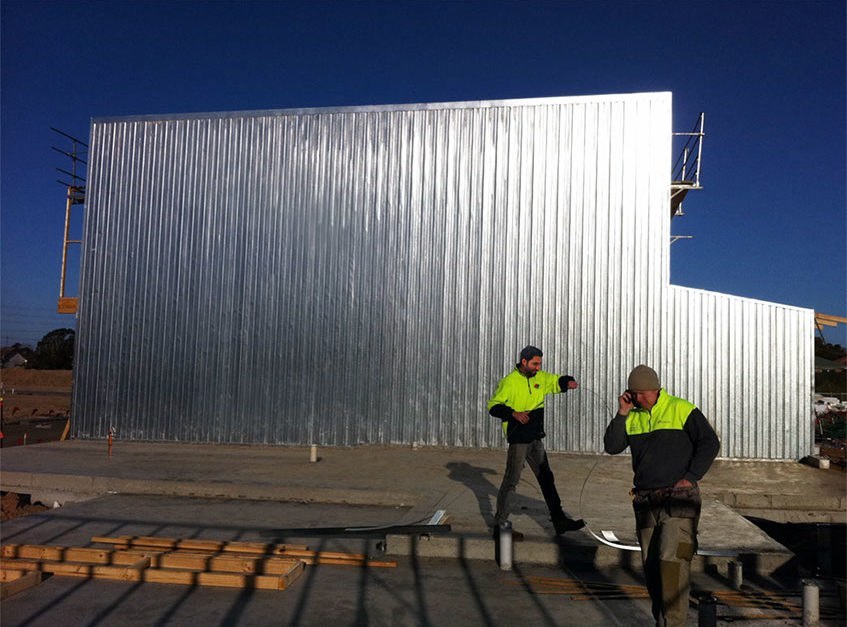
August 20, 2024
Moist Toolbox Part 1: Introduction To Reasons & Resolving Issues
The Reasons For Wetness In Building And Preventive Measures Victorian properties, renowned for their architectural charm and historic value, usually existing special challenges, specifically when it involves damp problems. Recognizing the reasons for moist in these old frameworks is critical for keeping their stability and ensuring a healthy and balanced living environment. At Tayross Chartered Structure Surveyors, we leverage our expertise to aid you understand the potential resources of wet in Victorian homes.Common Causes of Damp in Victorian Properties1. Poor VentilationVictorian homes were typically constructed without modern ventilation systems, resulting in not enough air flow.An Important Word Concerning Various Other Interior Air Pollution Concerns That Can Be Solved At The Very Same Time
Older buildings, constructed before damp-proofing became typical, are specifically prone. In structures where a DPC exists, it may fall short as a result of age or damages. The DPC is an important obstacle that protects against wetness from the ground from being drawn up into the walls. When it is non-existent, defective, or bridged, dampness finds an easy course upwards. Several building and construction products, like physicals, are porous and can absorb water.What Are The Most Effective Methods To Get Rid Of Mould?
‘A recipe for a mouldy smell!’ How to stop clothes smelling of ‘damp’ when drying indoors - Express
‘A recipe for a mouldy smell!’ How to stop clothes smelling of ‘damp’ when drying indoors.
Posted: Sun, 25 Sep 2022 07:00:00 GMT [source]

- Even normal cleansing tasks, like wiping floorings or shampooing a carpeting, can produce moisture which results in dampness in a home.
- If wet poses a hazard to health and wellness, then it must be removed, which will certainly impact the marketplace value of a residence.
- The United States Epa (EPA) advises that interior rooms maintain moisture degrees between 30 and 60%.
- This ought to be done prior to any type of below-grade water drainage system is set up, because the above-grade corrections may address the issue.
Root Causes Of Condensation
The sort of dirt and its moisture web content around a building additionally figures in. Dirt that keeps water, such as clay, can worsen the problem, especially if there is inadequate drain around the building's structures. This leads to a continuous supply of dampness being offered to be drawn up into the walls. Damp is an unwelcome guest in any type of home, with the ability of creating chaos if not handled promptly. And if moisture has currently made an unwelcome appearance-- don't worry. We've got some ideas on how to tackle it head-on Party Wall Building Projects so your internal wall surfaces can be recovered to their previous splendor. " We live in a wet nation, so we need to expect that we are going to get some mould growth, perhaps in the shower room, on windows and various other cooler areas. But it is essential that we do our ideal to cleanse it regularly to stop it accumulating. Anywhere steam is generated in your home, consisting of the kitchen, is likely to have condensation often. Even regular cleaning tasks, like mopping floors or shampooing a carpeting, can create wetness which results in dampness in a home. It does not address the problem in masonry wall surfaces because water continues to be in the block cores at flooring level and the water degree is only decreased to the top of the piece. With this method, the water is not totally eliminated from the room. Typically, waterproofing and insulation are mounted at the very same time, in addition to making any repair work to the structure. The conventional exterior water drainage systems make use of free-draining sand in the backfill.Exactly how to dry moist interior walls?

Social Links